The number one question about my paintings is still: “How do you do them?” So I decided to put together a couple of “in progress” kind of posts.
The answer is with little brushes and walnut ink. Walnut ink is a traditional ink made by boiling the entire nut and husk that falls out of the tree. At the end something is added to the ink to keep it from growing mold. In the case of the ink that I use, alcohol is added. I do not make my own ink. I use ink made by the folks at Monograph Bookwerks.
That stuff on the borders of the painting is frisket. The frisket I use is the traditional white-tinted latex type, and I use it to mask places where I don’t want ink to go. While an artist can “lift” walnut ink, much like they might with watercolors, the ink still stains the paper. So once some ink has been applied, that area will forever be a little brown.
The paintings develop much like any other painting. The composition is outlined lightly in pencil and a first coat of paint goes on. The pencil marks are erased as soon as possible, because they get harder to erase as more ink goes over them. I try to get the entire painting filled in and it usually looks a little cartoony. Then I mostly start darkening. And darkening. And darkening. And darkening. I do the standard tricks that artists learn to do for photorealistic painting and basic tightening up. Then I put the painting away.
A couple of weeks later, I pull out the painting again and decide how to push it further. I always dislike my paintings at least once during the process, and often more than once. If the choice is possibly ruining a painting trying to push it further, or disliking it, I push it. Very often, pushing a painting involves degrading parts of the image, adding blur and distortion, and/or darkening things to make them murky.
Because I’m making fake photographs, there is some processing that happens at the end. The ink, once it has a lot of layers on it, gets shiny. To get an even finish on the paintings, I spray them with an archival matte clear coat. Each painting is date stamped on the back, embossed with a signature (what is called in photography, a “blind stamp“), given what I call a “music signature.” This adds needed scribbling to the back of each painting.
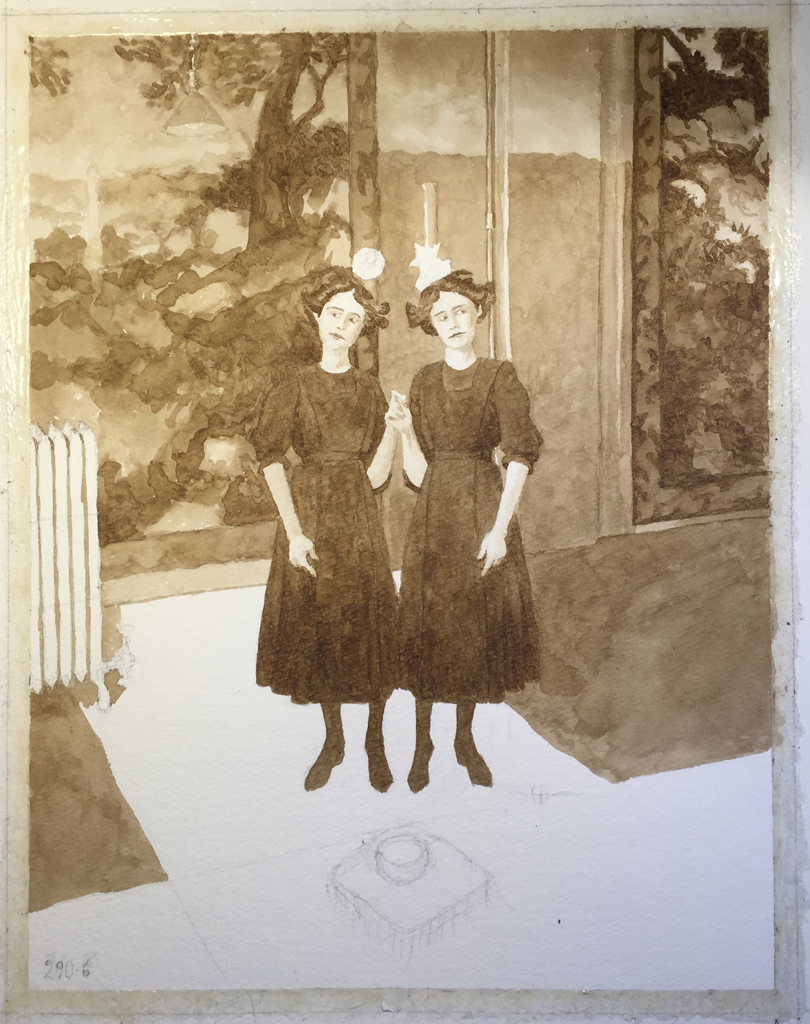
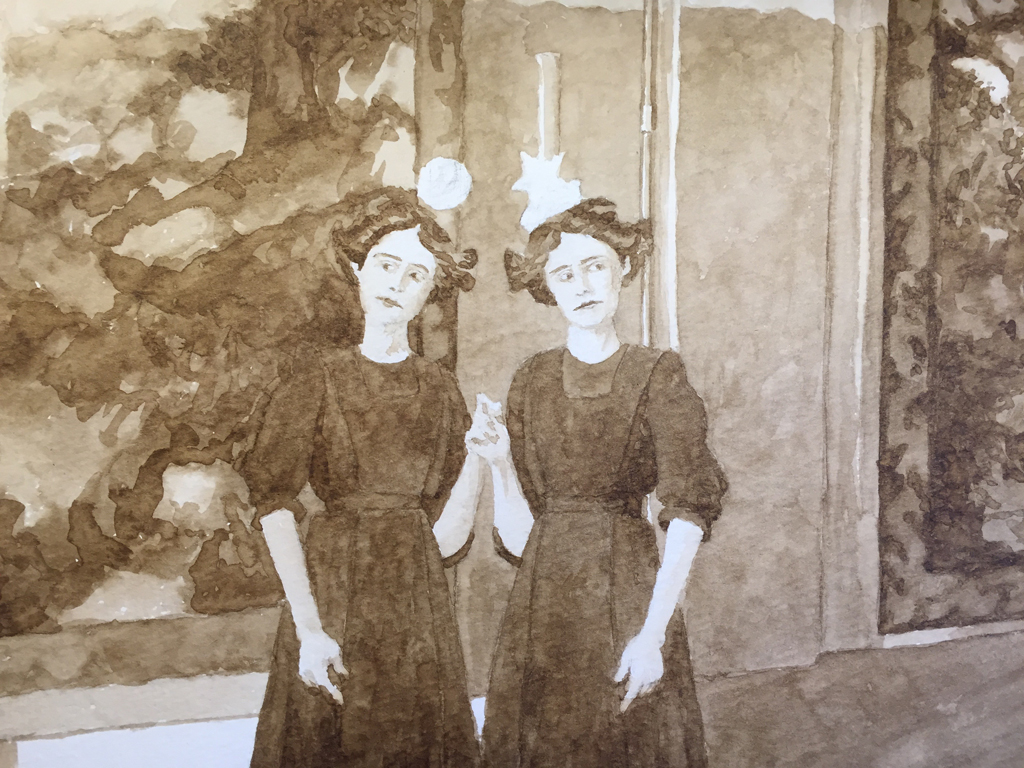
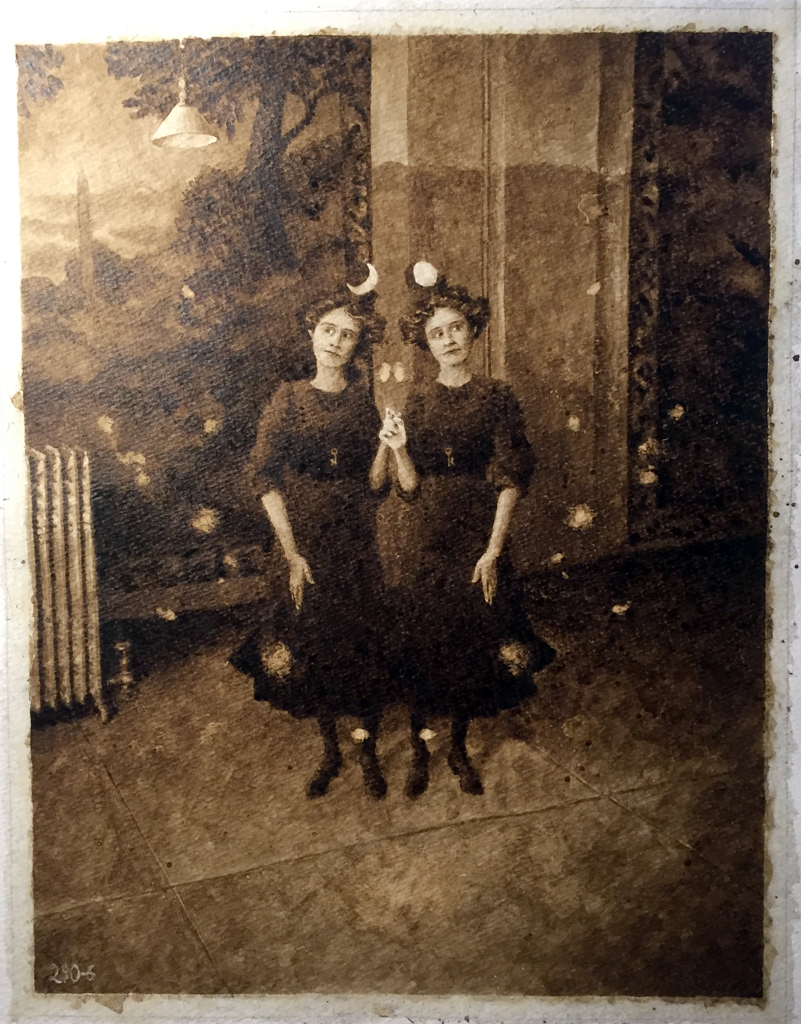
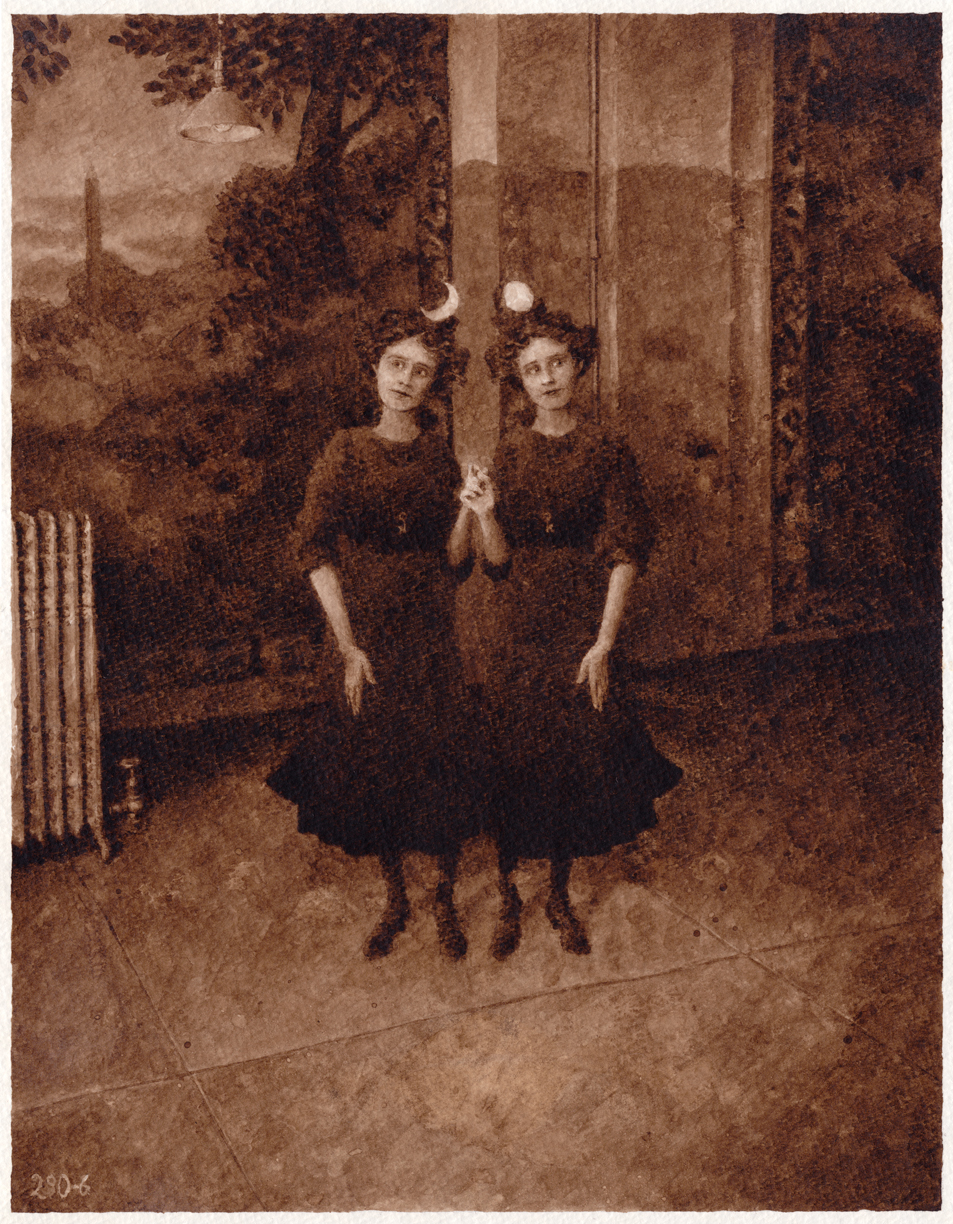
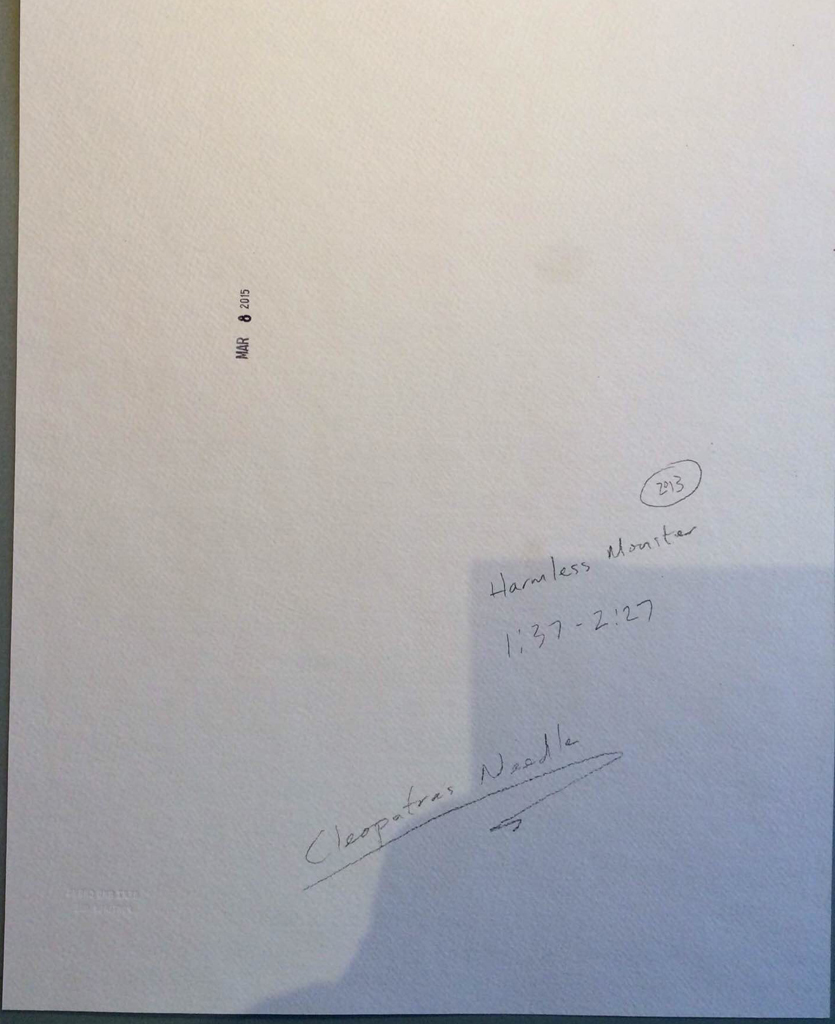
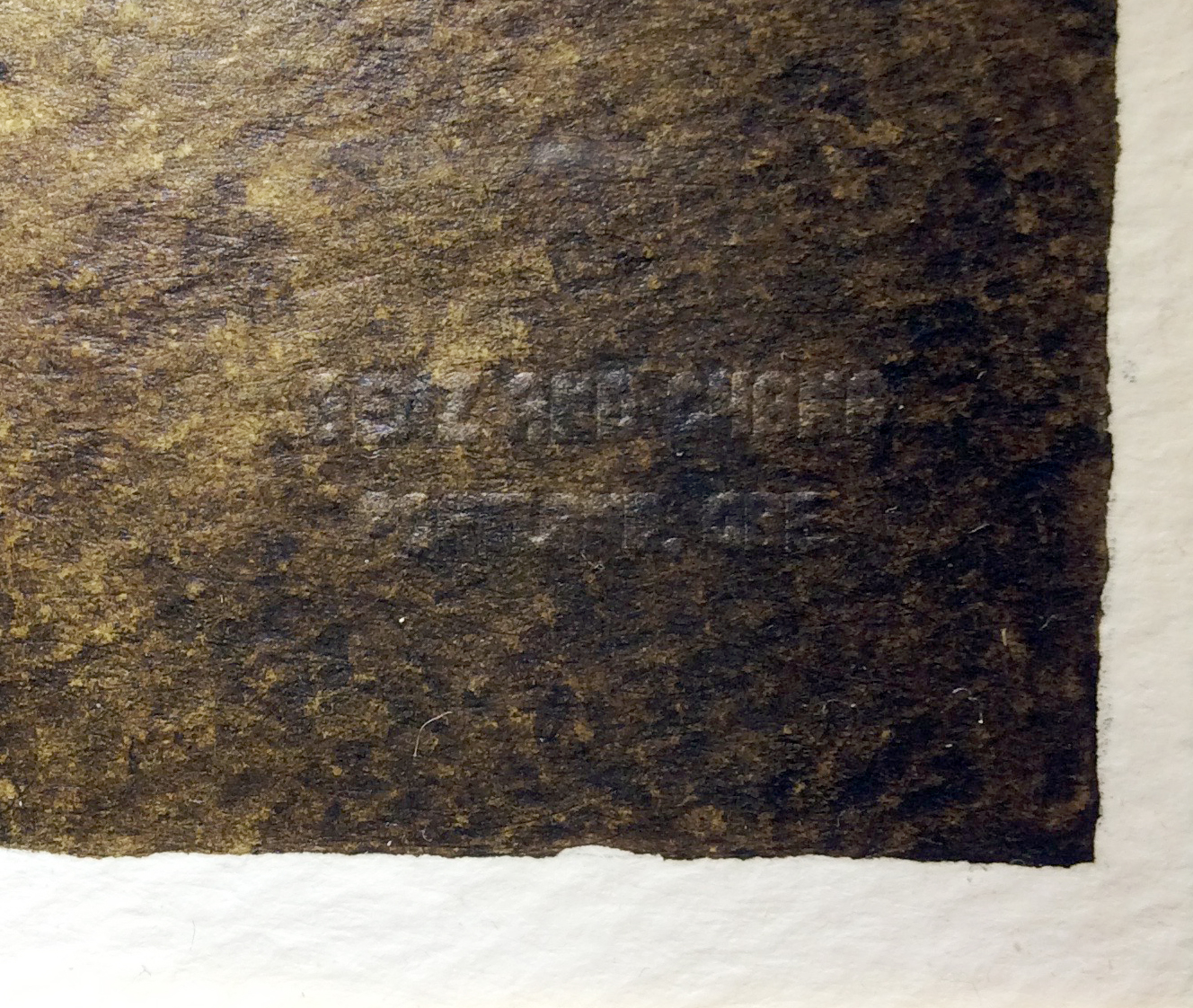
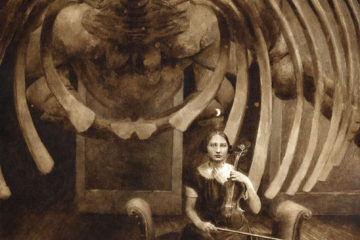
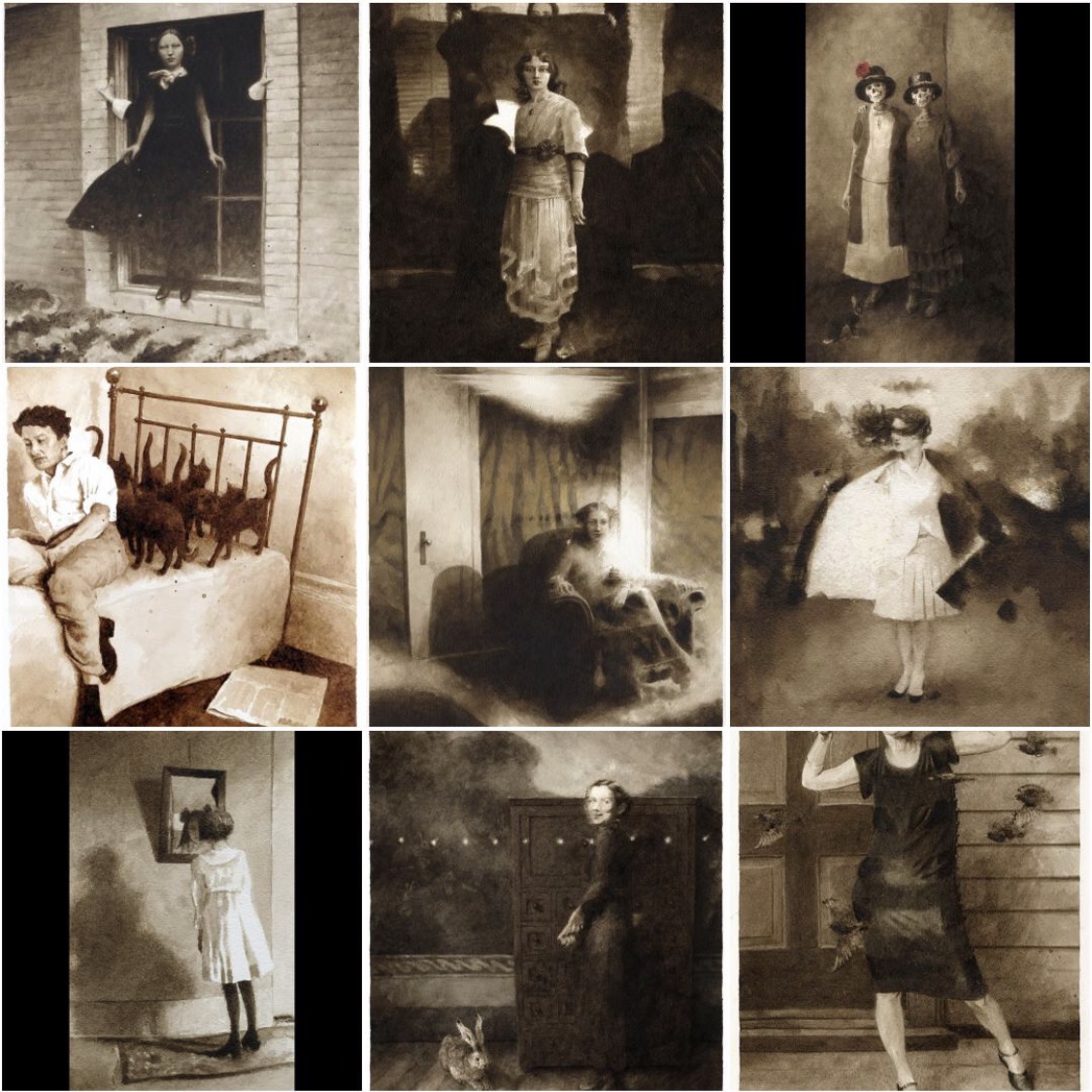
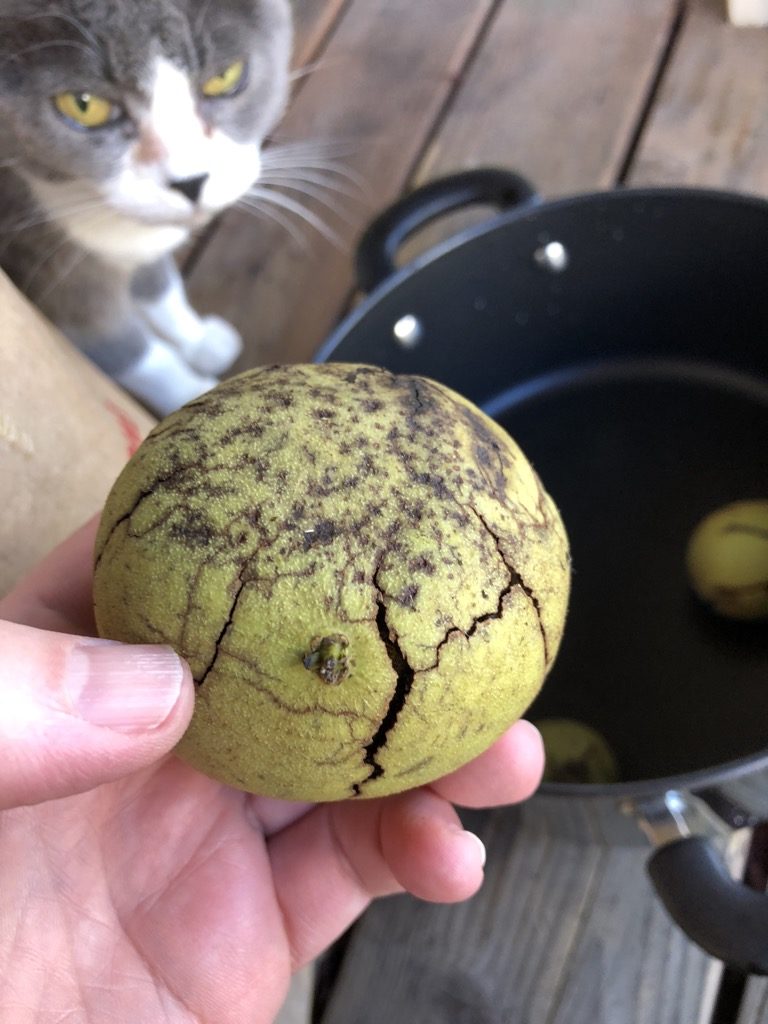
0 Comments